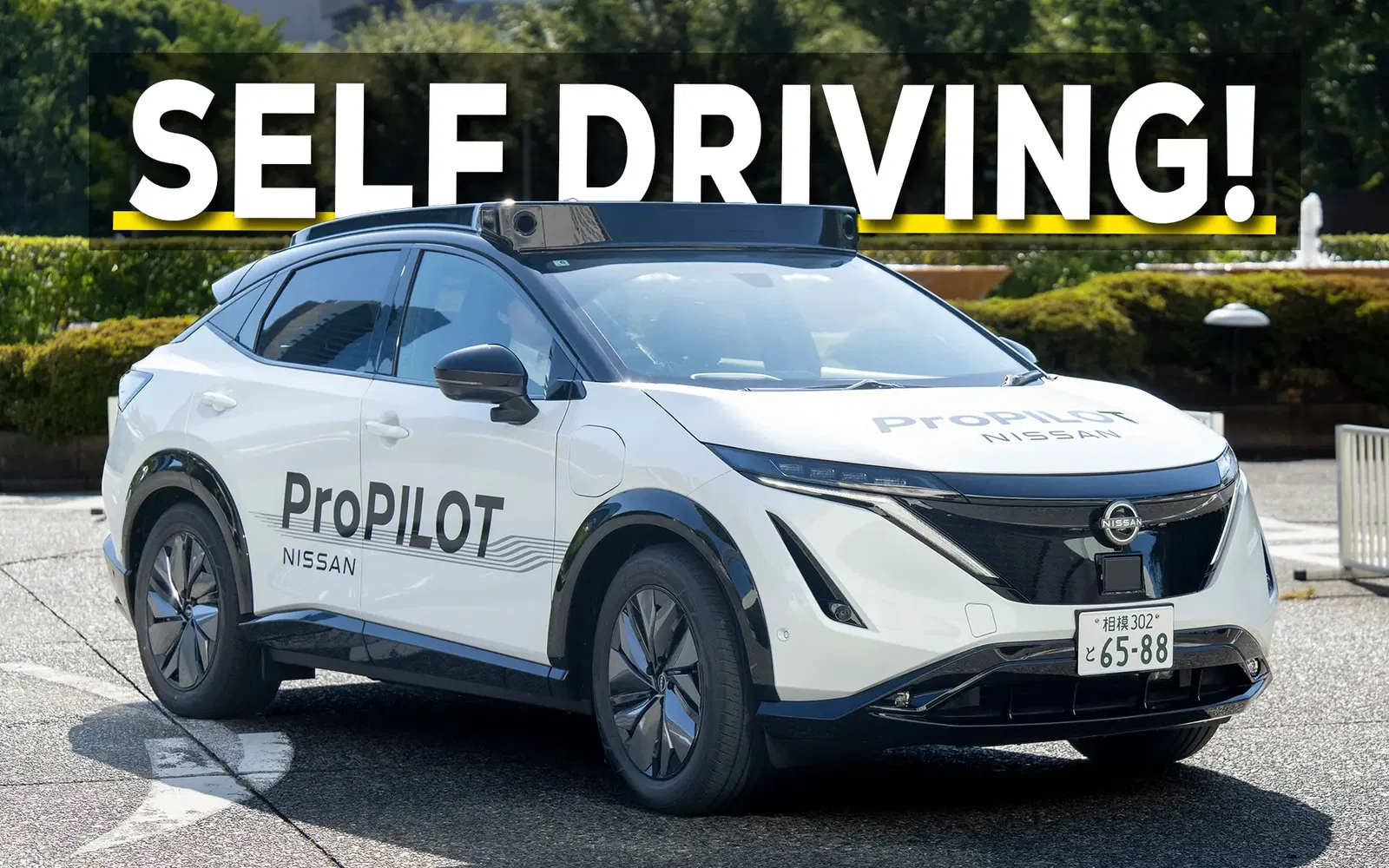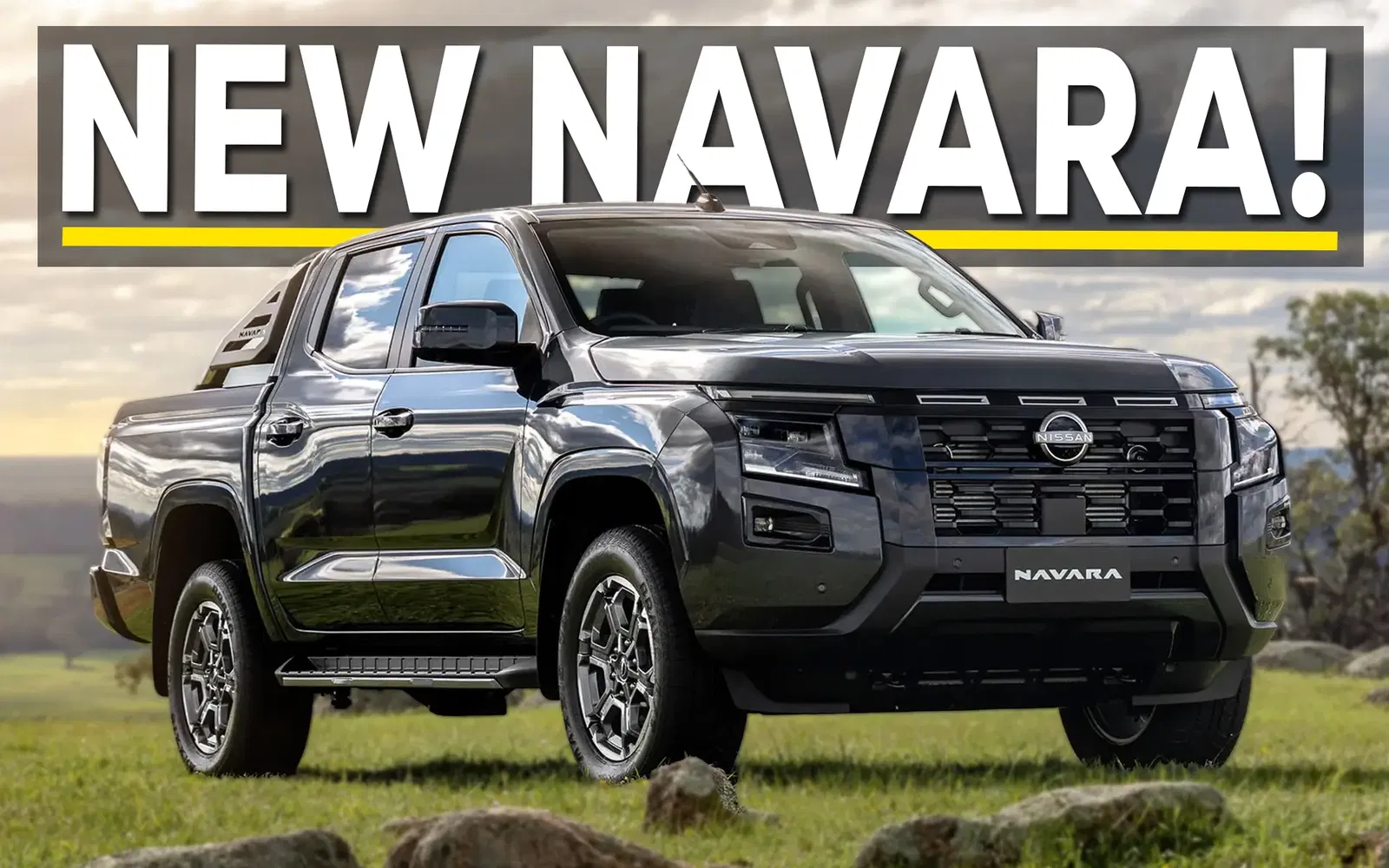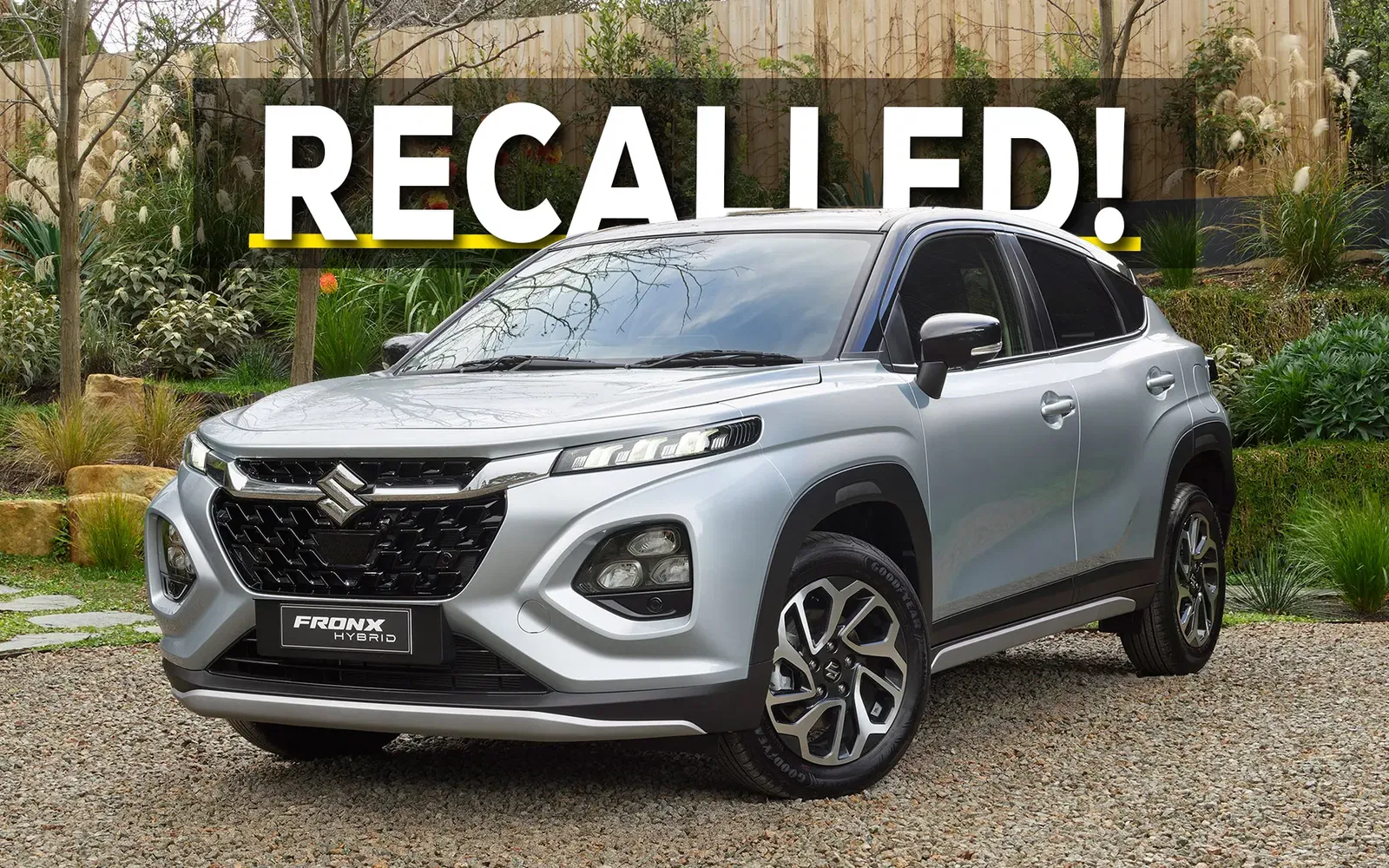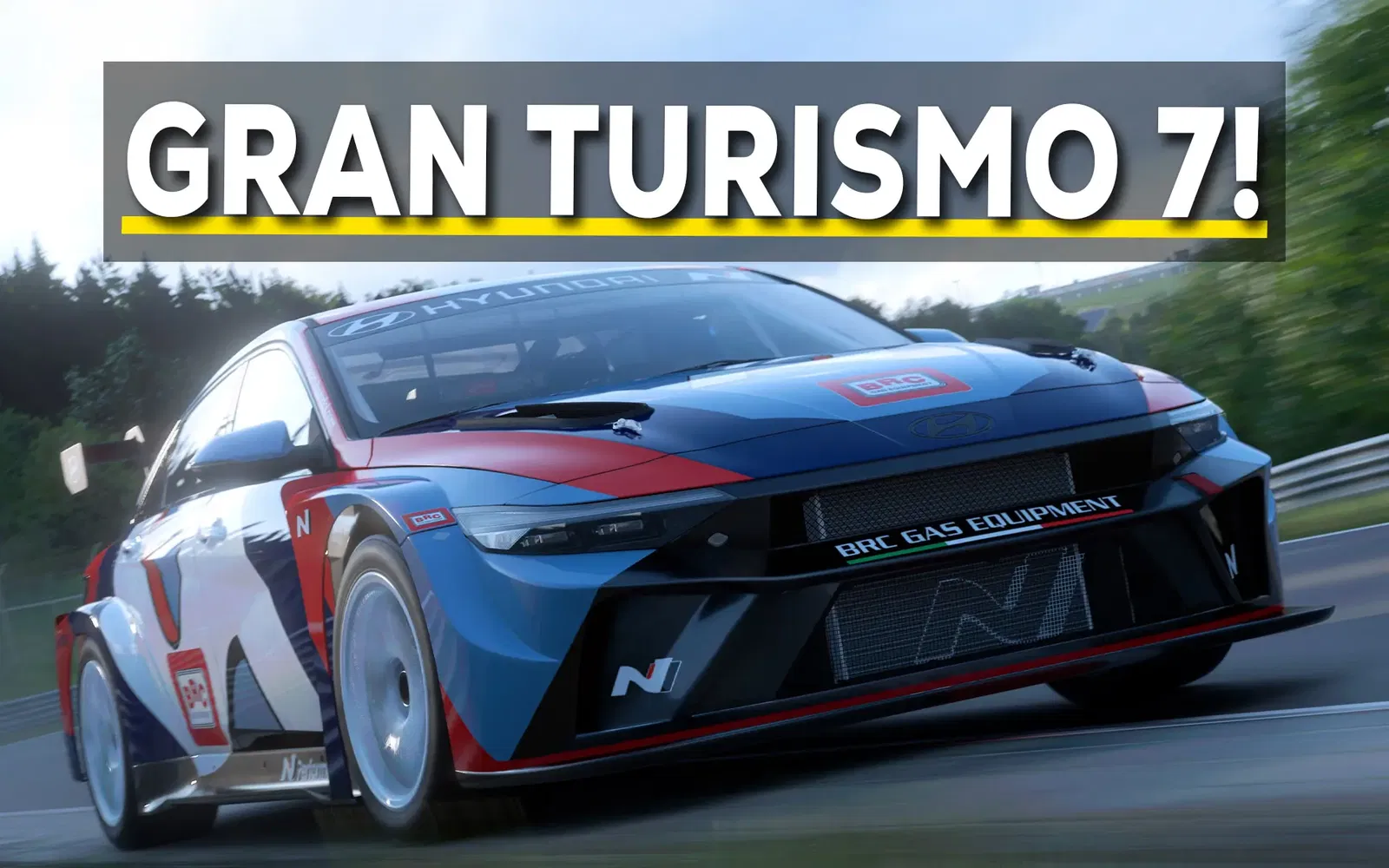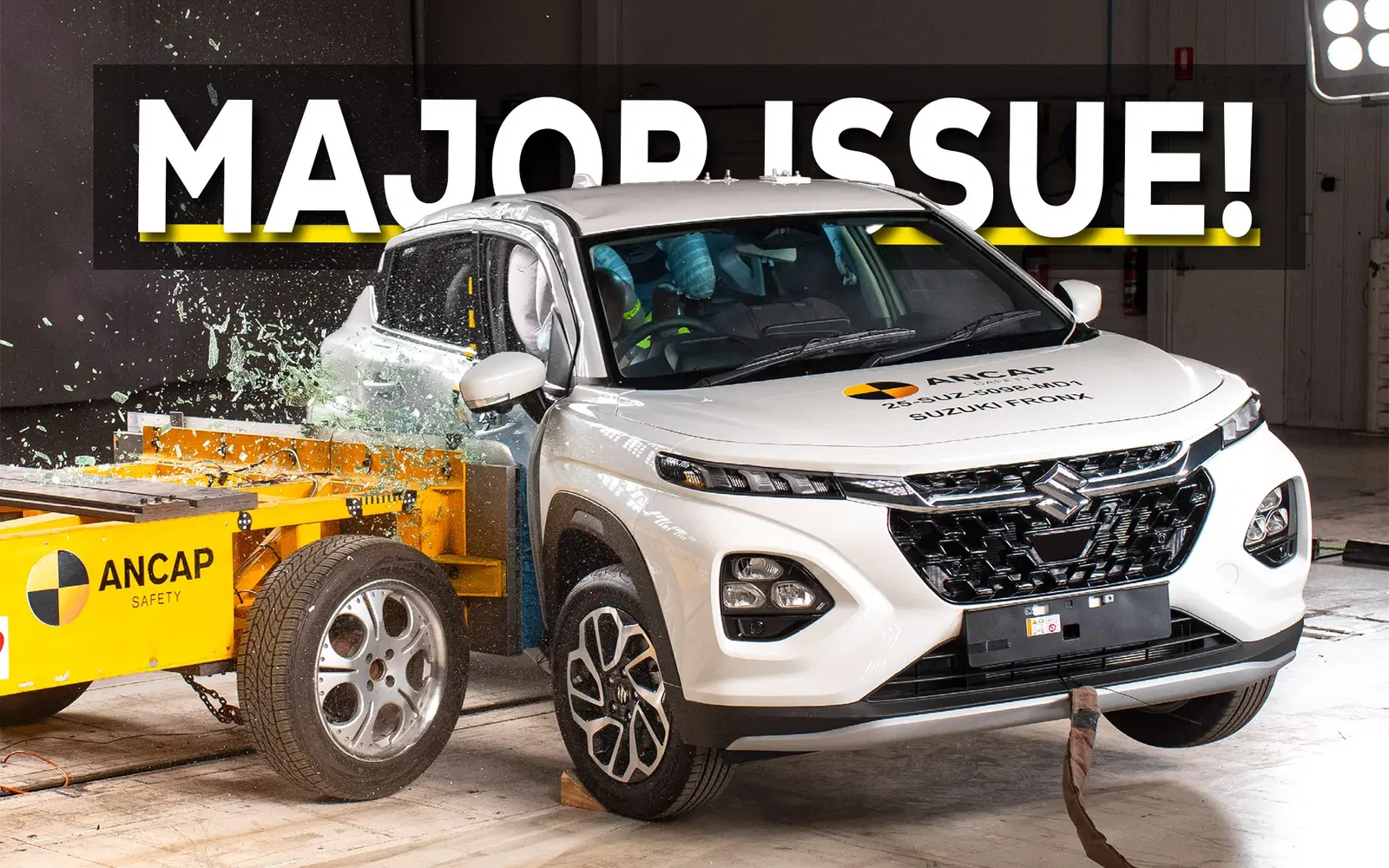Nissan has begun demonstrations of its next-generation ProPILOT driver-assist technology in Tokyo, ahead of its planned rollout in Japan during FY27.
Prototype vehicles based on the Nissan Ariya showcased the system’s ability to operate within dense urban traffic conditions, including a drive through the famous 'Nissan Crossing' in Ginza, Tokyo.
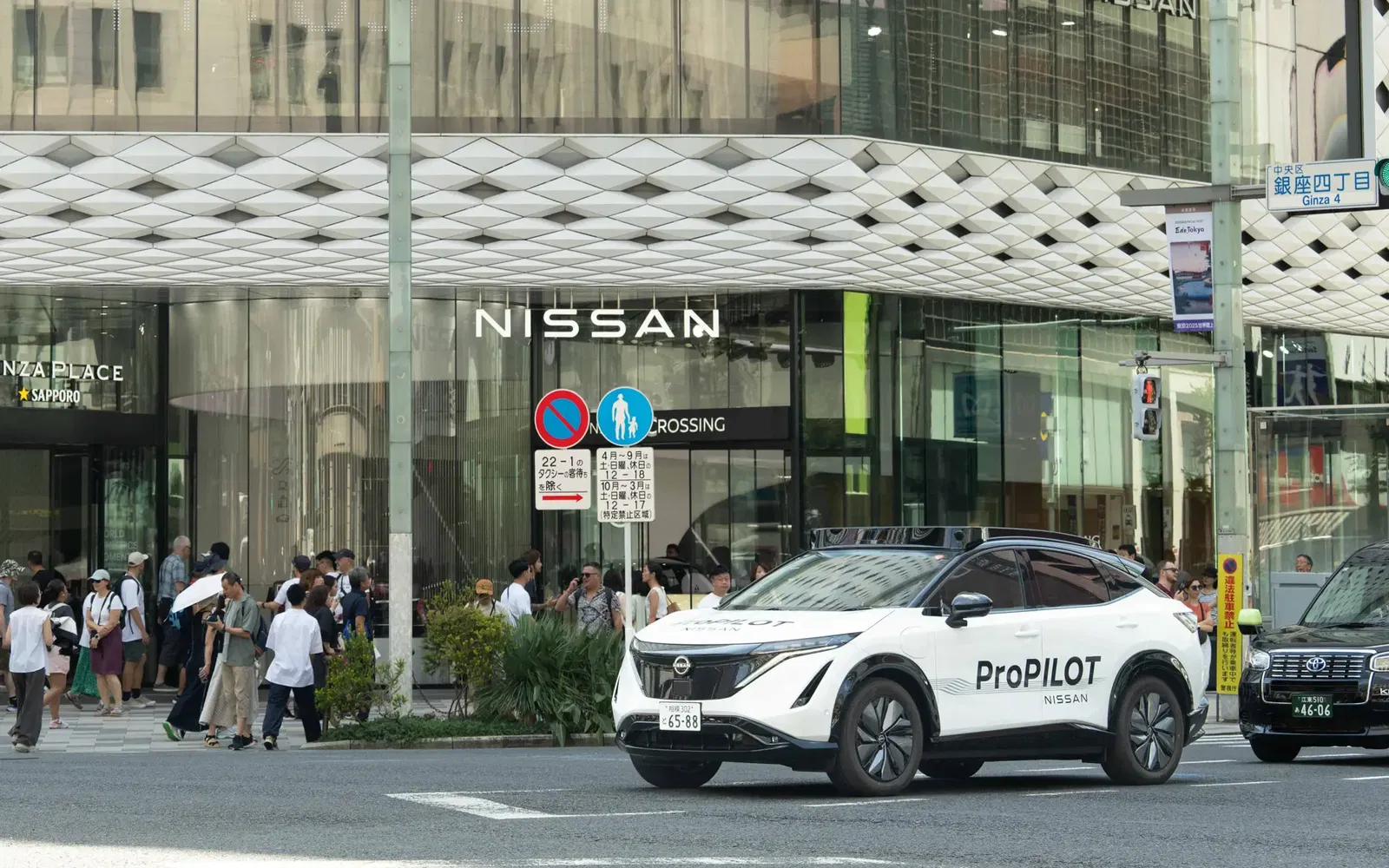
The upcoming ProPILOT combines Nissan’s Ground Truth Perception technology, using next-generation LiDAR, with Wayve’s AI Driver software.
Together, the on-board system processes real-time sensor data to support safe driving in complex environments.
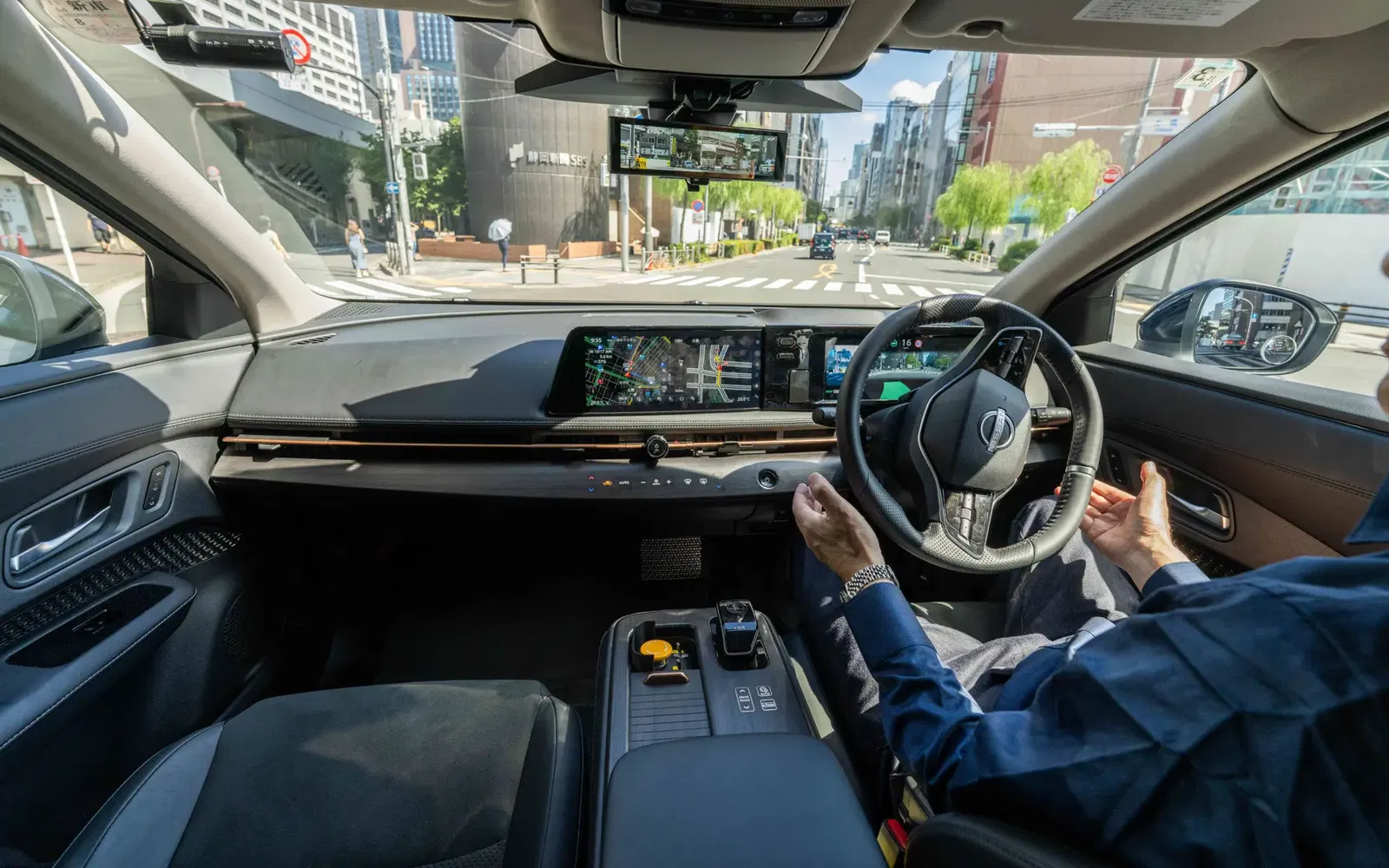
The demonstration vehicles were equipped with 11 cameras, 5 radar units, and a LiDAR sensor mounted on the roof.
LiDAR detection enhances long-range object recognition, particularly useful for driving at high speeds or in low-light conditions.
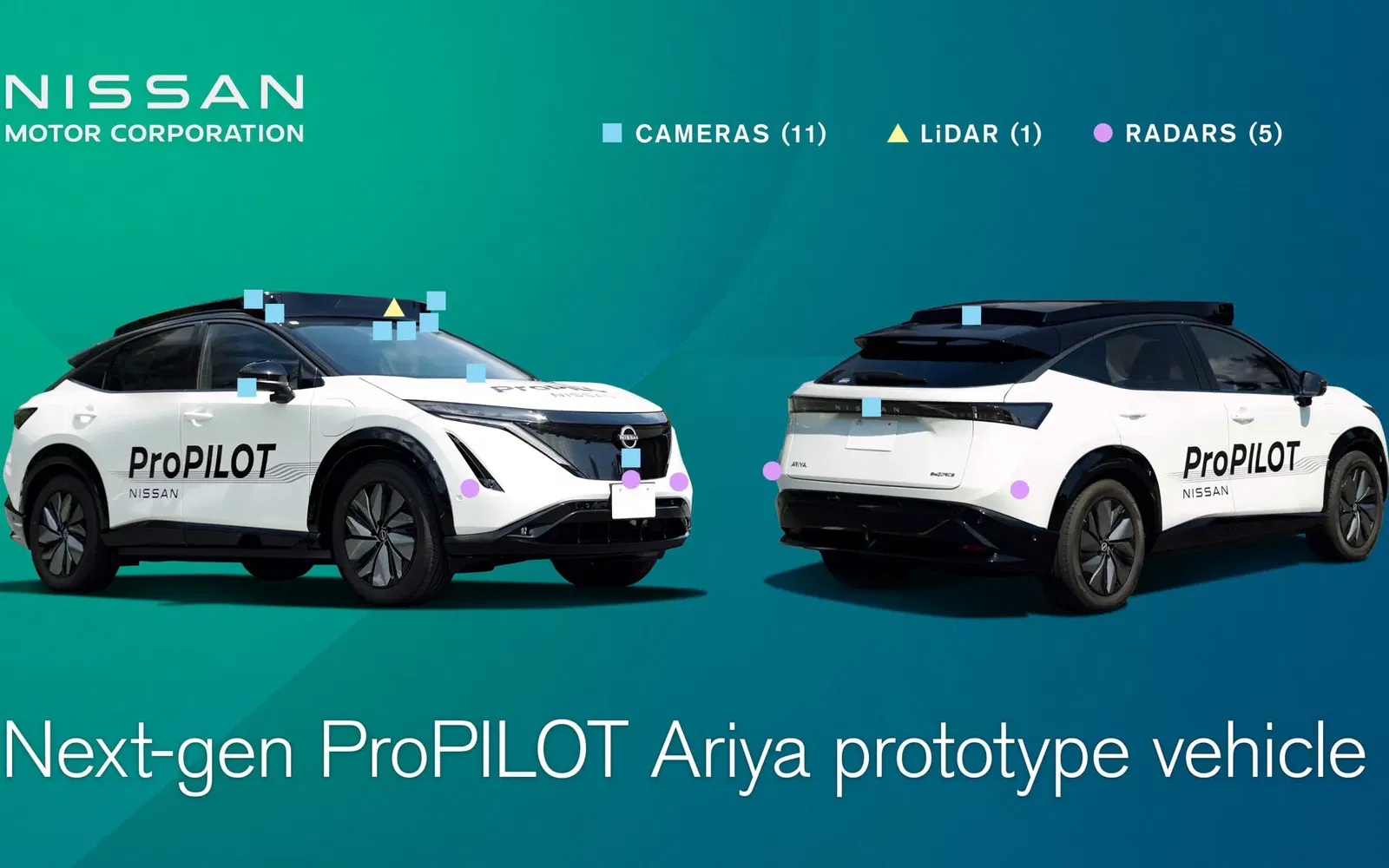
Wayve’s "embodied AI" — referring to AI systems designed to operate in the physical world through perception and continuous action — analyses entire driving scenes to anticipate environmental changes.
This approach allows the vehicle to respond immediately to evolving conditions rather than reacting to isolated objects.
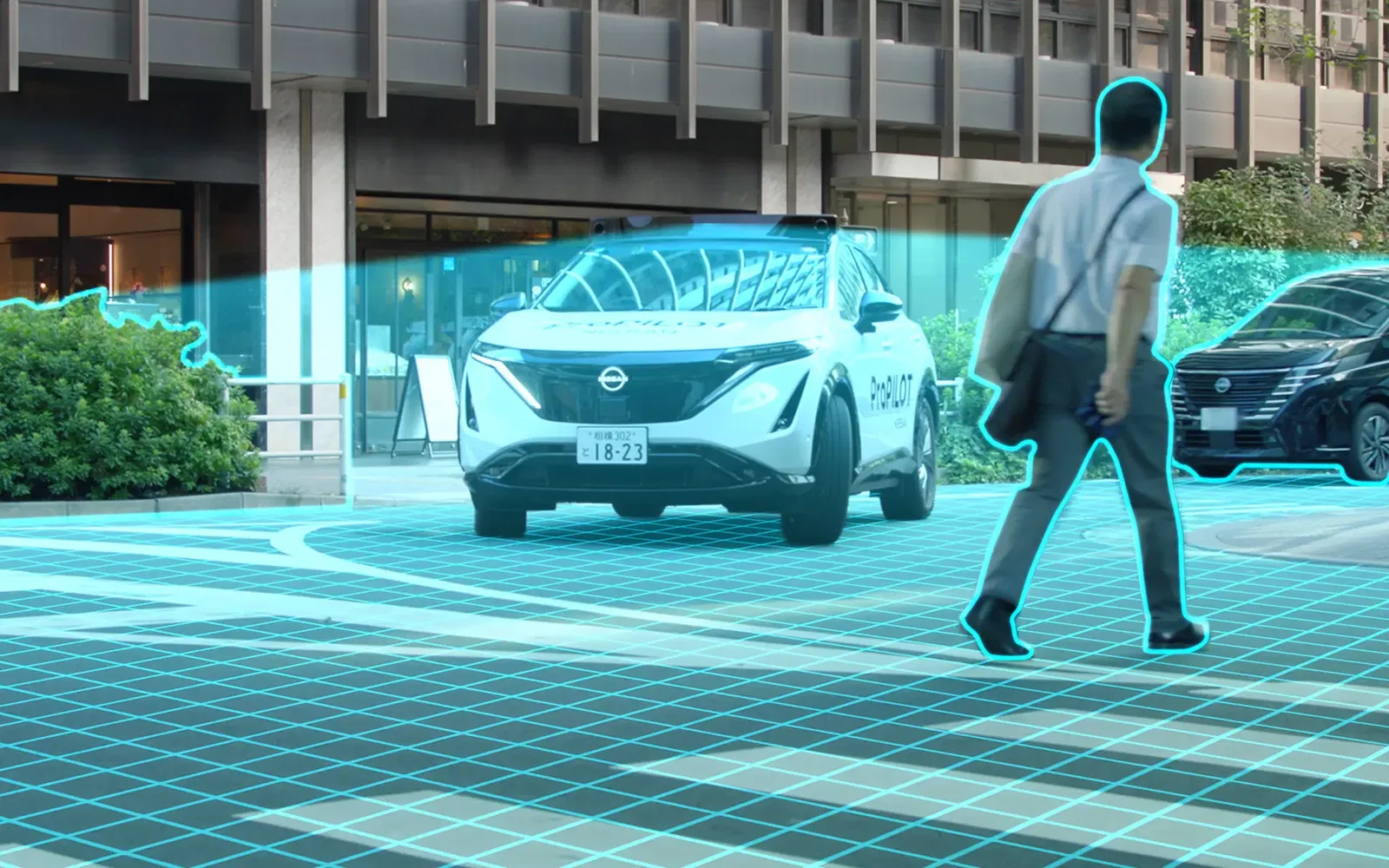
Nissan has expanded its driver-assist systems progressively, from single-lane highway automation in the original ProPILOT to multi-lane functions in ProPILOT 2.0.
The next-generation version aims to deliver reliable support in more varied and complex urban road conditions.
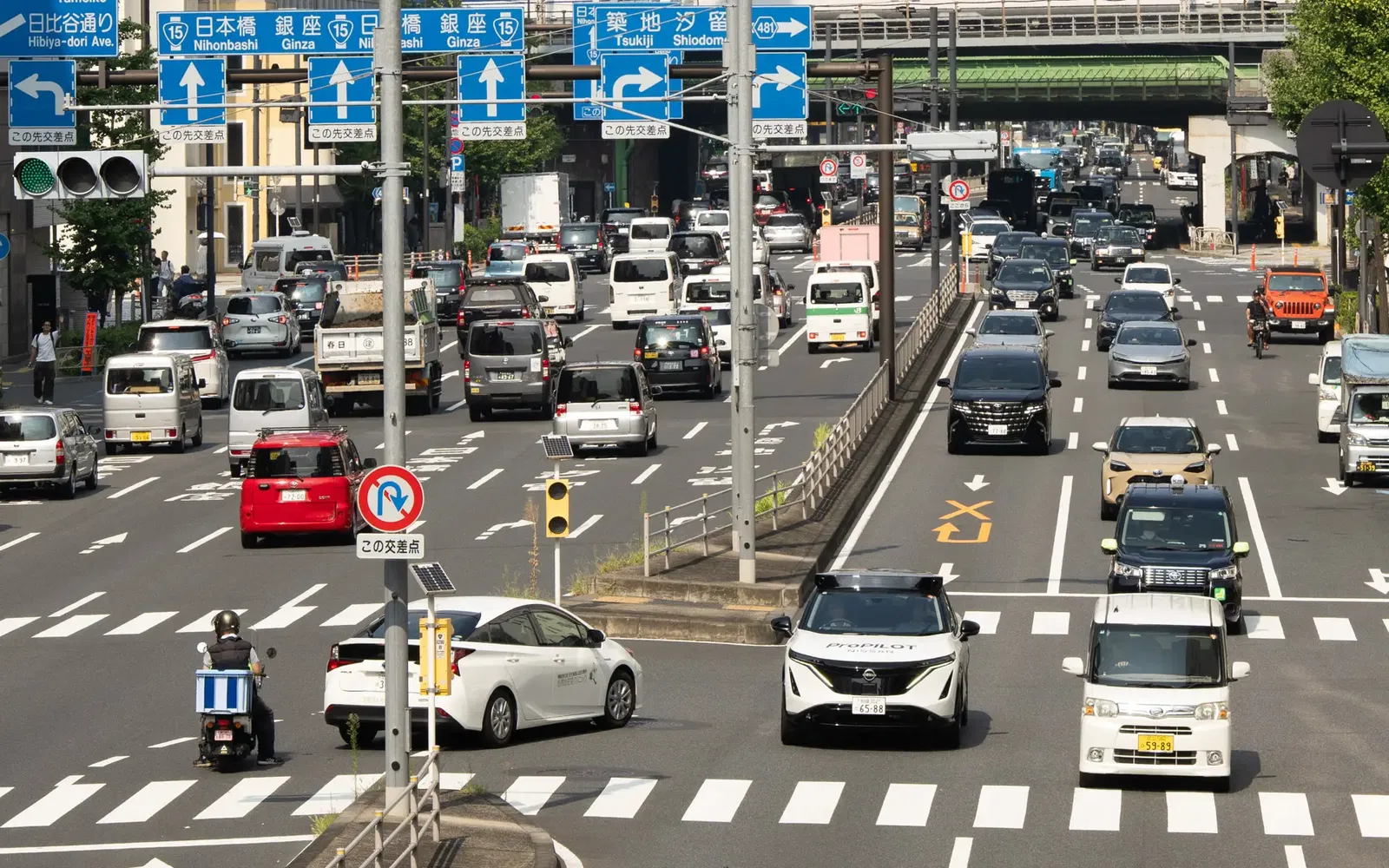
“Our current ProPILOT 2.0 system has been well received", said Nissan Motor Corporation CTO, Eiichi Akashi.
"Nissan’s next-generation ProPILOT technology will bring even more innovative features and deliver the feeling that a skilled human driver is behind the wheel. It will adapt to more complex traffic conditions and truly provide greater confidence and peace of mind — enhancing safety not only for the driver, but for everyone using the road.”
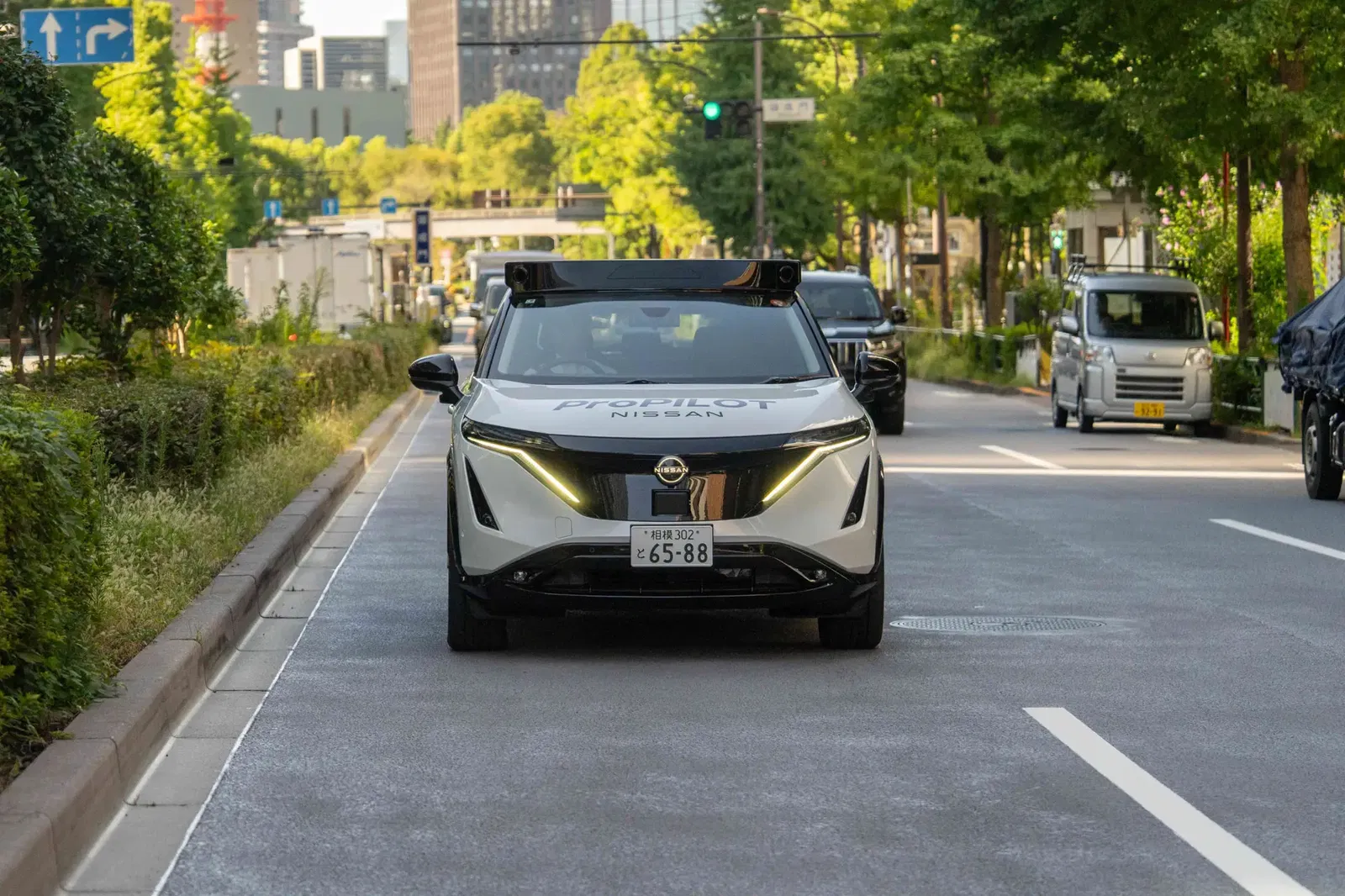
Tesla’s recently launched HW4-based Full Self-Driving (Supervised) system in Australia also remains at SAE Level 2, but it differs in its hardware and approach.
Tesla relies on a vision-first architecture powered by high-resolution cameras and onboard neural networks, while Nissan combines LiDAR, radar, and cameras with Wayve’s embodied AI to interpret complex urban environments.
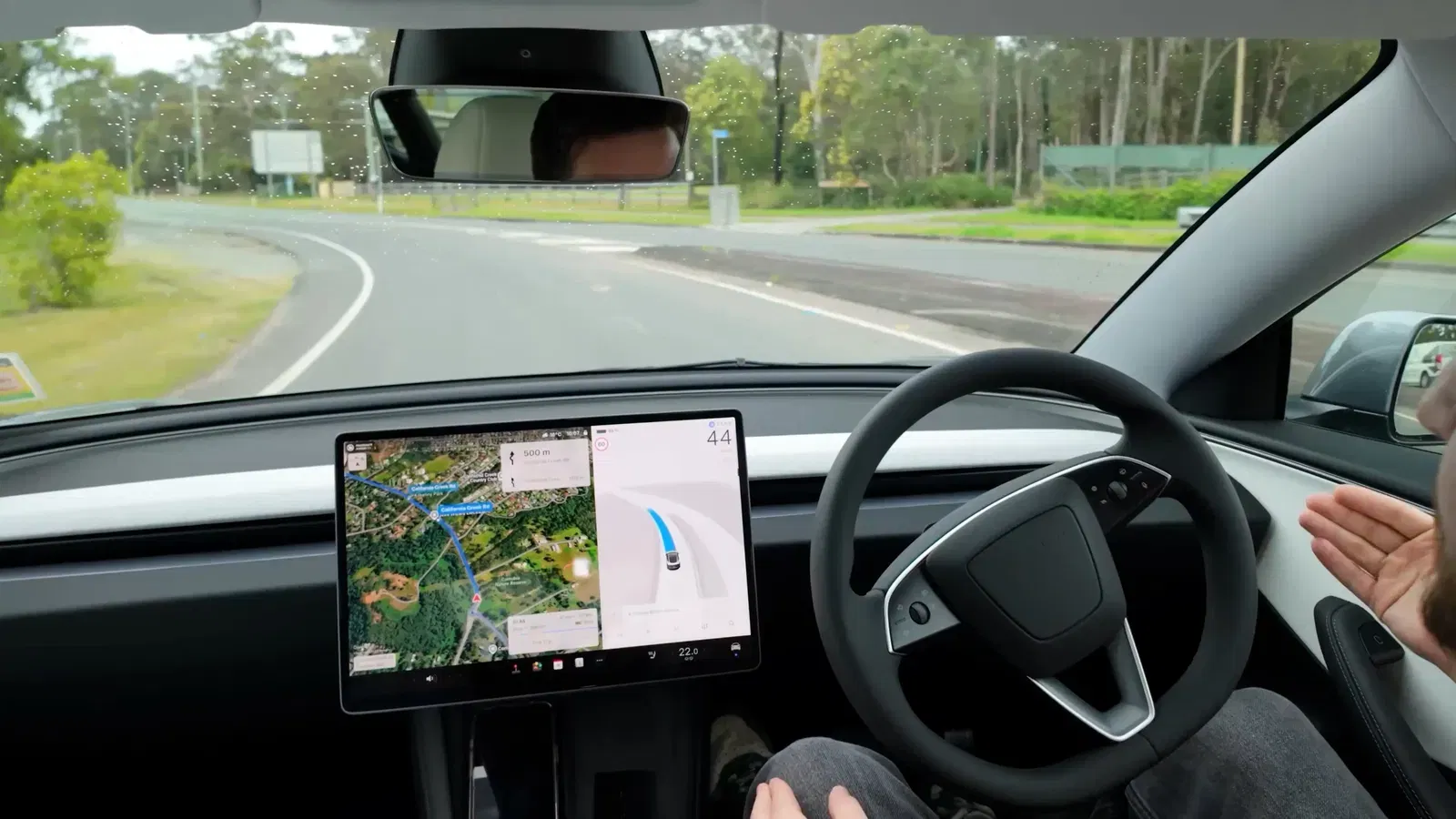
Tesla benefits from an existing global fleet generating real-world driving data, whereas Nissan’s system is scheduled for production rollout in Japan from FY27.
Nissan confirmed that the new system will debut on select production vehicles in Japan beginning in FY27. The development is part of the company’s wider strategy to expand its advanced mobility technologies and strengthen its competitive position in future transportation.
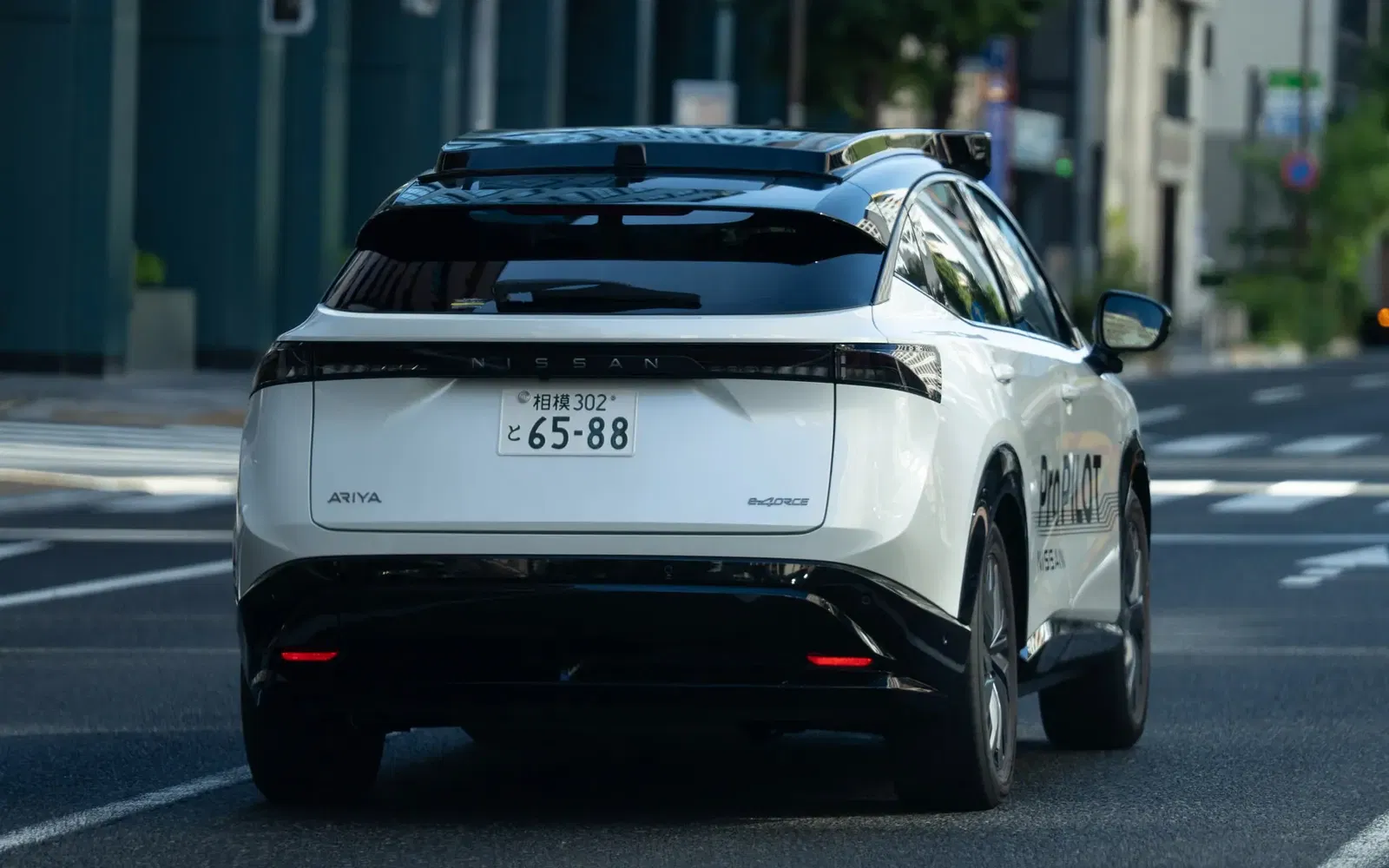
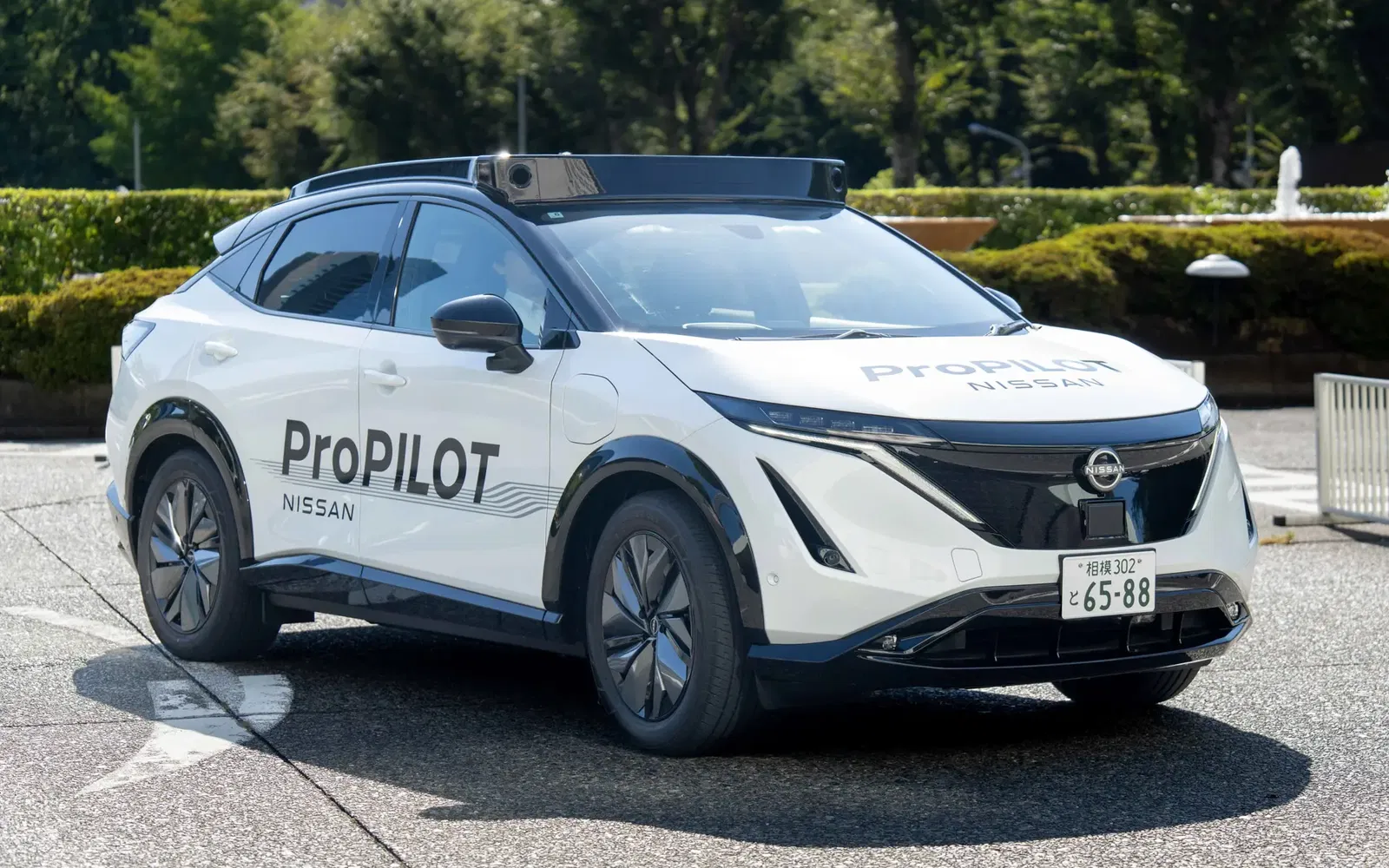
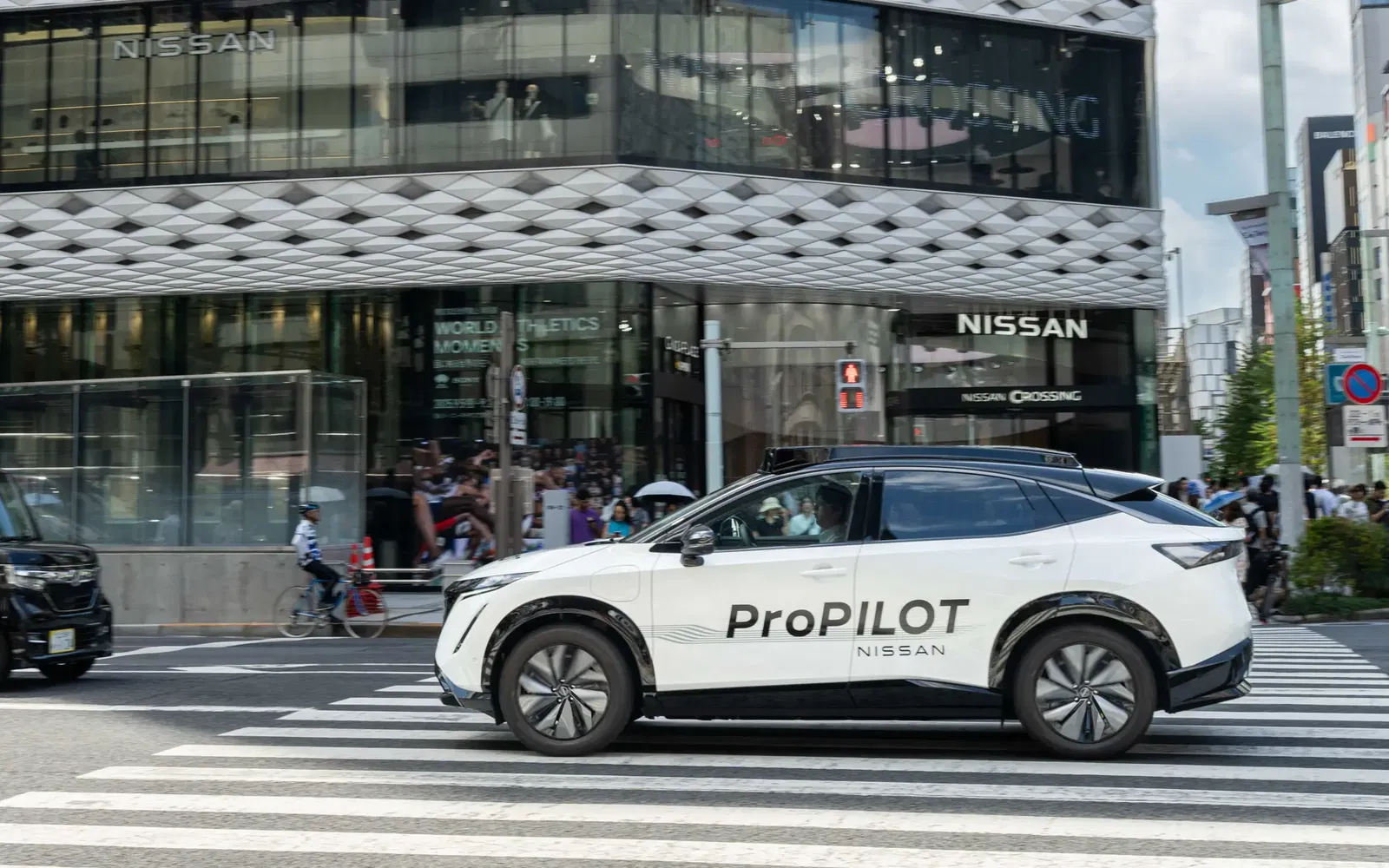
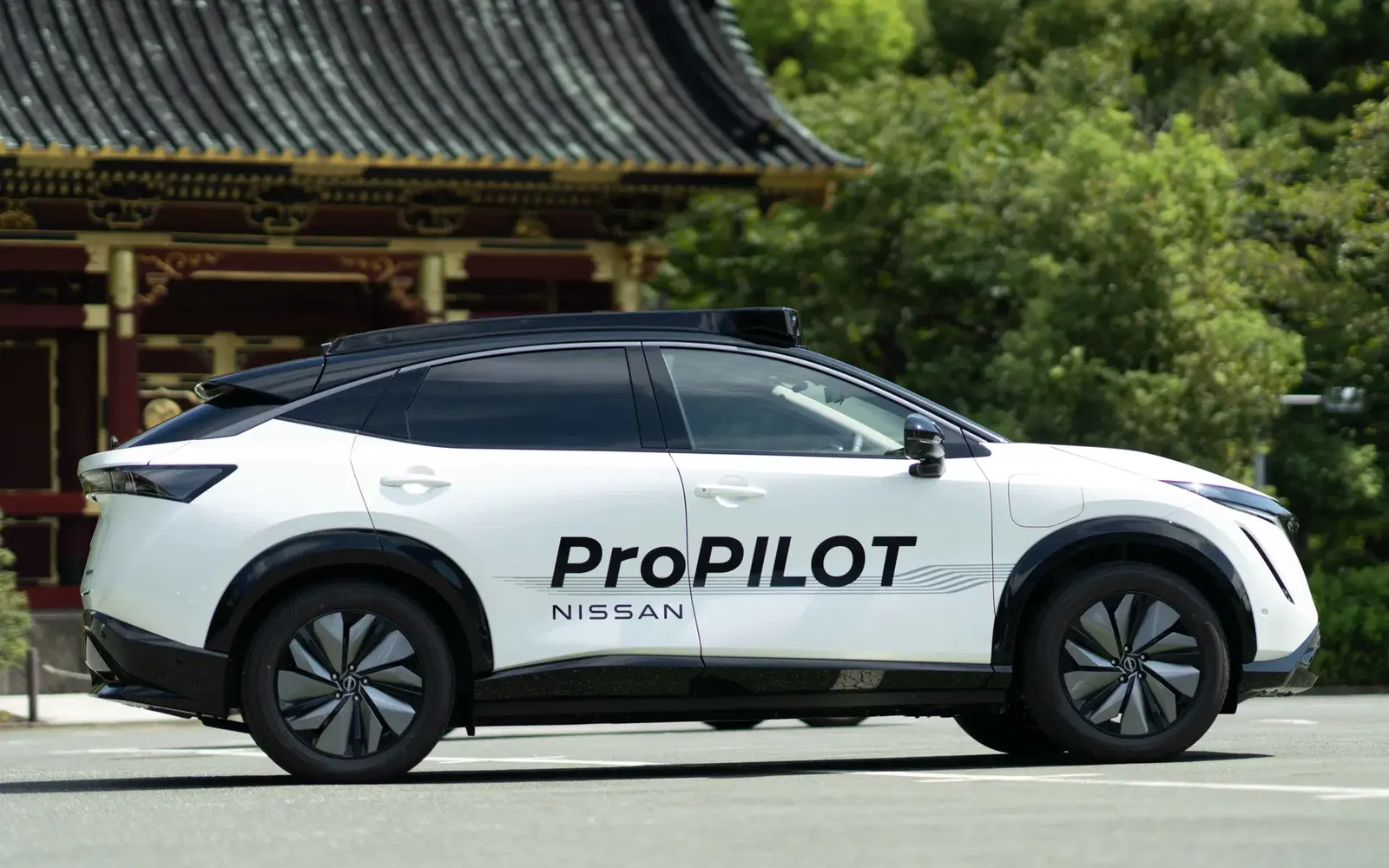
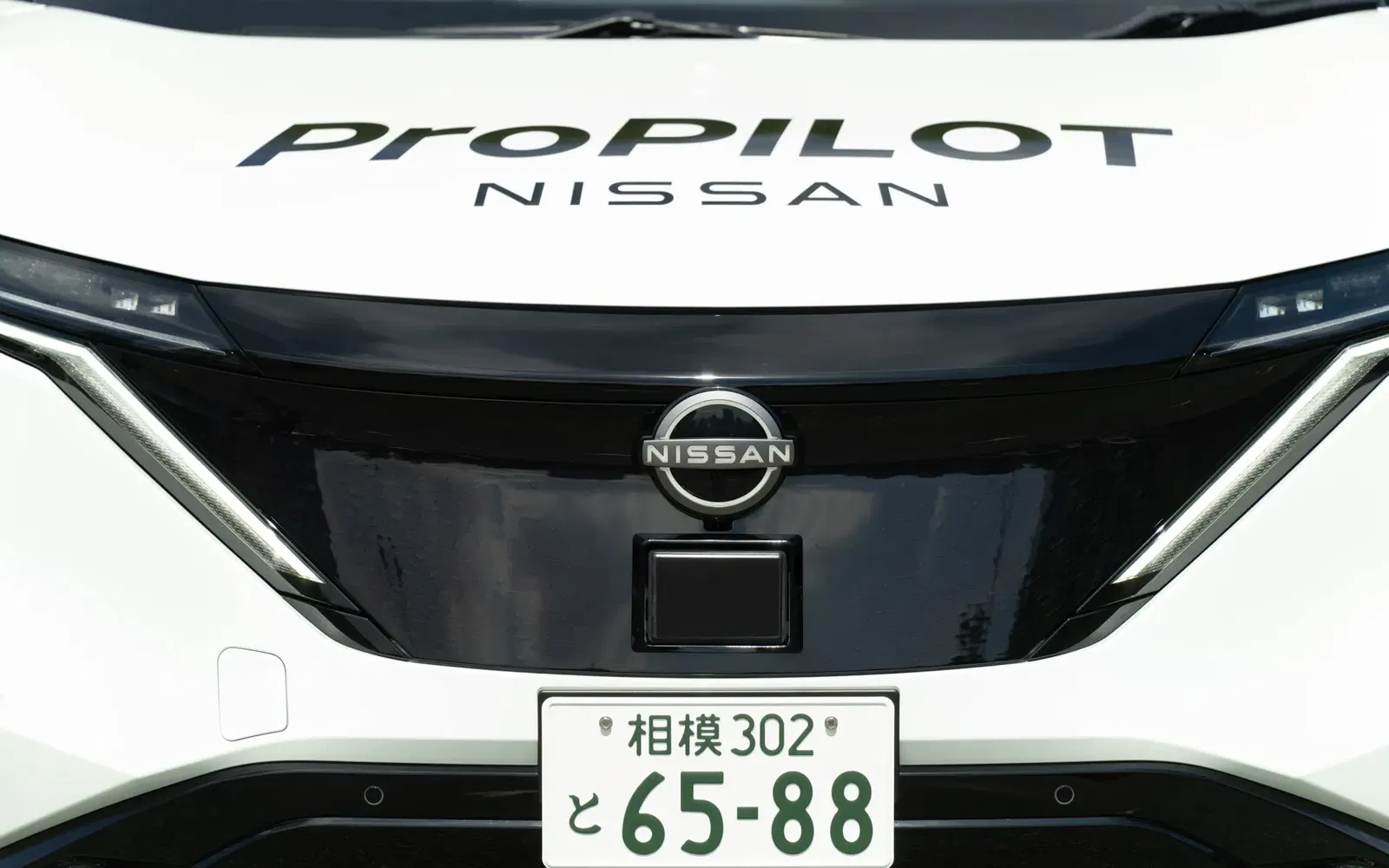
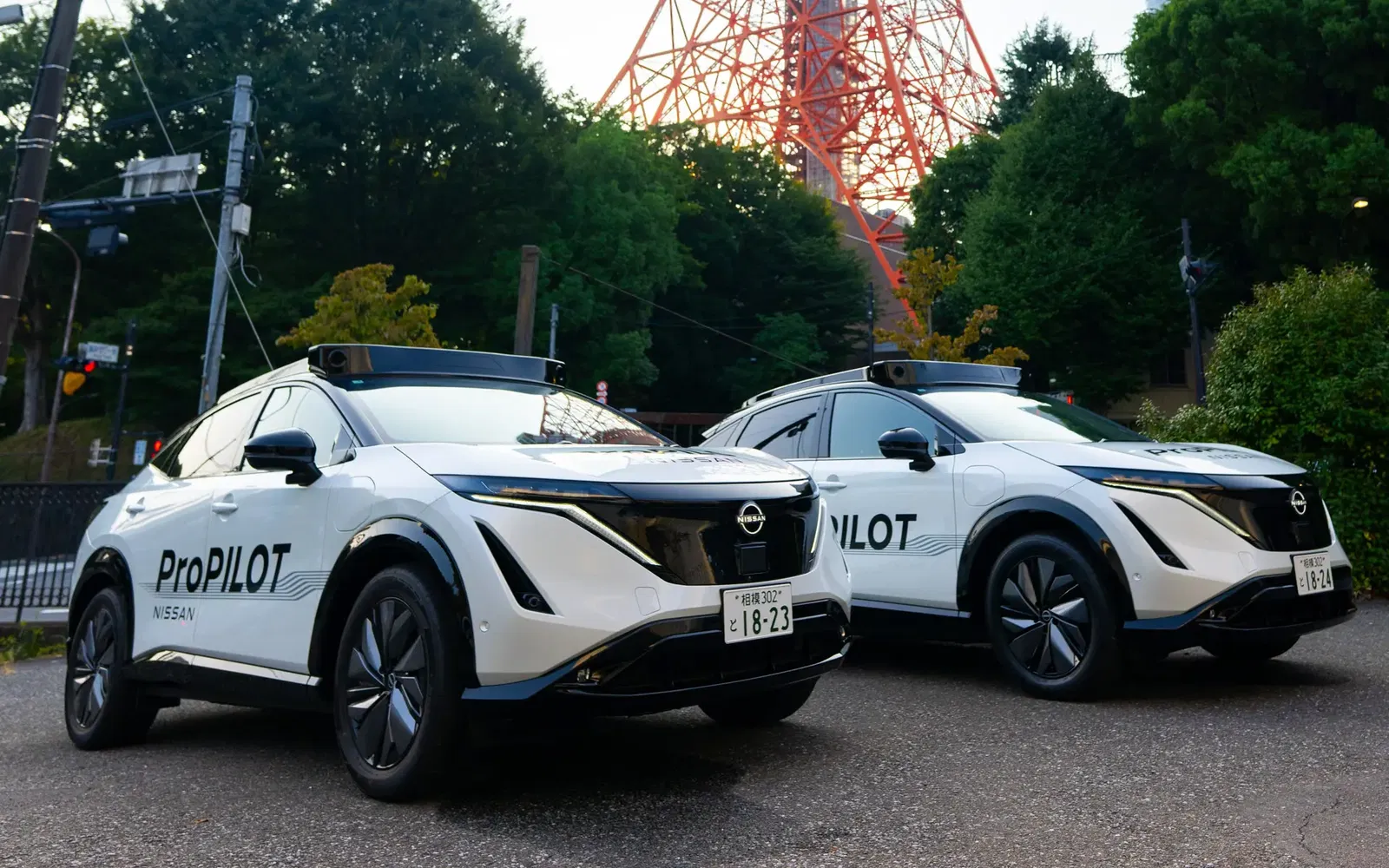
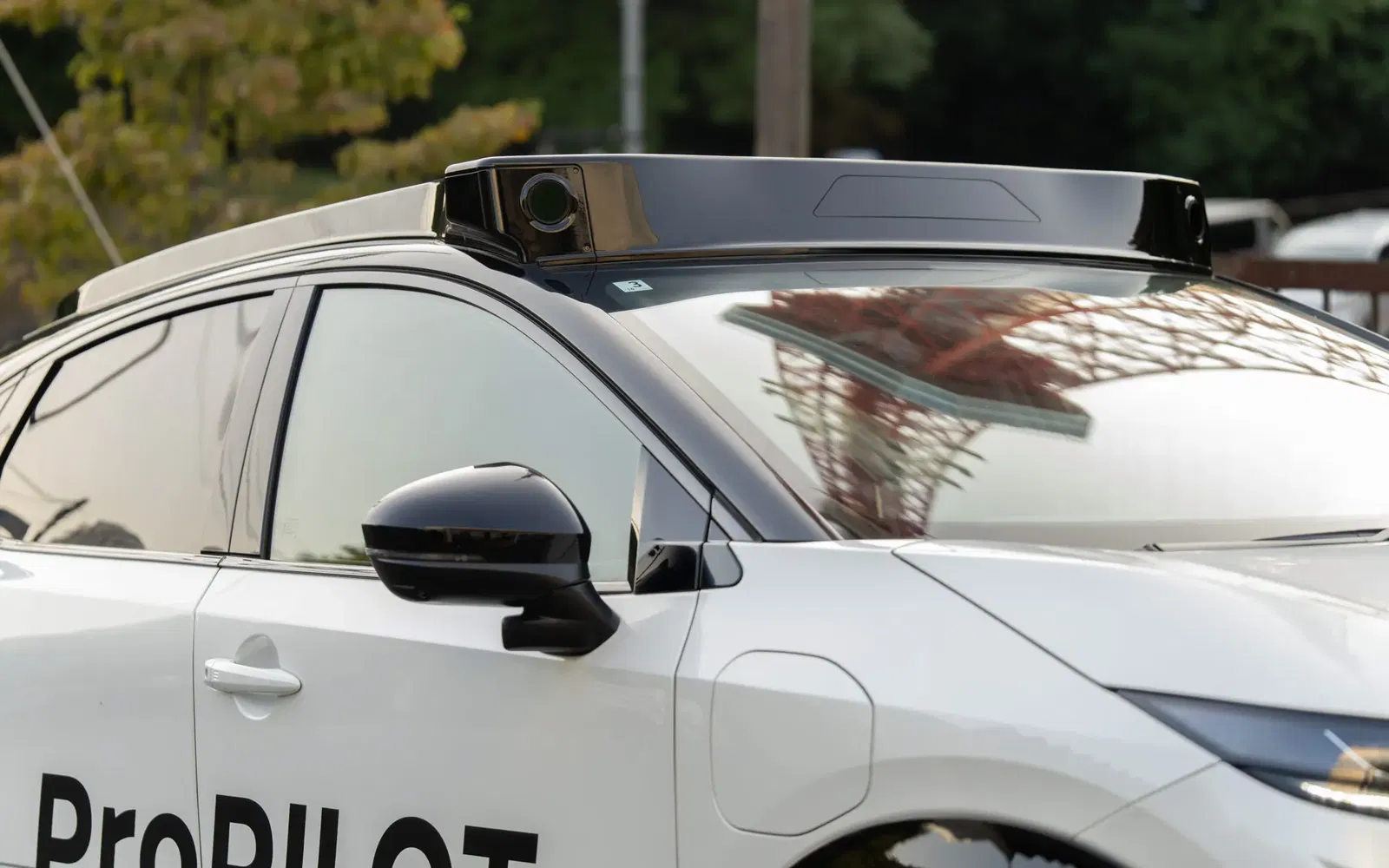
FAQ
What is Nissan’s next-generation ProPILOT?
It is an advanced driver-assist system that combines Wayve’s AI Driver software with Nissan’s Ground Truth Perception technology using cameras, radar, and LiDAR.
When will Nissan’s next-generation ProPILOT launch?
Nissan plans to introduce the system on select mass-production vehicles in Japan starting in FY27.
What is embodied AI in driving?
Embodied AI is artificial intelligence designed to operate in the physical world. It perceives, predicts, and acts continuously, adapting to traffic like a human driver.
How does Nissan’s ProPILOT compare to Tesla’s FSD (Supervised)?
Both operate at SAE Level 2, requiring driver supervision. Nissan uses LiDAR, radar, and cameras, while Tesla relies on a vision-first camera system with neural networks.
What does SAE Level 2 mean?
It refers to partial automation where the system can assist with steering, acceleration, and braking, but the driver must remain attentive and ready to take control at all times.
Will Nissan’s next-generation ProPILOT come to Australia?
Nissan has only confirmed a rollout in Japan beginning in FY27. Availability in other markets, including Australia, has not been announced.
Sign up to our newsletter
Be the first to know when we drop new car reviews.
.avif)

